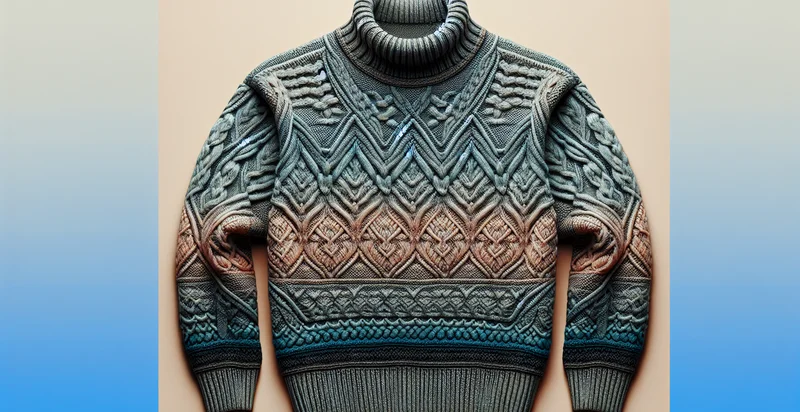Identify the color of a dress
using AI
Below is a free classifier to identify the color of a dress. Just upload your image, and our AI will predict the color of a dress - in just seconds.

Contact us for API access
Or, use Nyckel to build highly-accurate custom classifiers in just minutes. No PhD required.
Get started
import nyckel
credentials = nyckel.Credentials("YOUR_CLIENT_ID", "YOUR_CLIENT_SECRET")
nyckel.invoke("the-color-of-a-dress", "your_image_url", credentials)
fetch('https://www.nyckel.com/v1/functions/the-color-of-a-dress/invoke', {
method: 'POST',
headers: {
'Authorization': 'Bearer ' + 'YOUR_BEARER_TOKEN',
'Content-Type': 'application/json',
},
body: JSON.stringify(
{"data": "your_image_url"}
)
})
.then(response => response.json())
.then(data => console.log(data));
curl -X POST \
-H "Content-Type: application/json" \
-H "Authorization: Bearer YOUR_BEARER_TOKEN" \
-d '{"data": "your_image_url"}' \
https://www.nyckel.com/v1/functions/the-color-of-a-dress/invoke
How this classifier works
To start, upload your image. Our AI tool will then predict the color of a dress.
This pretrained image model uses a Nyckel-created dataset and has 21 labels, including Beige, Black, Blue, Brown, Coral, Cream, Gold, Gray, Green and Maroon.
We'll also show a confidence score (the higher the number, the more confident the AI model is around the color of a dress).
Whether you're just curious or building the color of a dress detection into your application, we hope our classifier proves helpful.
Related Classifiers
Need to identify the color of a dress at scale?
Get API or Zapier access to this classifier for free. It's perfect for:
- Fashion Retail Analysis: This function can be used by fashion retailers to analyze customer preferences based on dress color. By integrating color classification into their inventory management systems, retailers can optimize stock levels of popular colors, ensuring that they meet customer demand effectively.
- Targeted Marketing Campaigns: Marketers can leverage the color identification function to segment audiences based on color preferences. This enables the creation of targeted advertising campaigns that resonate more with potential customers, increasing engagement and conversion rates.
- Visual Search Optimization: E-commerce platforms can enhance their search capabilities by implementing this function to allow customers to search for dresses by color. This feature improves user experience by making it easier for shoppers to find specific items, thereby boosting sales and reducing bounce rates.
- Social Media Insight Generation: Brands can utilize color classification to analyze trending dress colors across social media platforms. This insight helps marketers identify popular styles and colors that resonate with their audience, allowing for timely and relevant product releases.
- Personalized Shopping Experience: Fashion apps can implement the classification function to offer personalized recommendations based on users' color preferences. By analyzing past purchases and favorite colors, apps can provide a curated shopping experience that increases customer satisfaction and loyalty.
- Inventory Diversification: Fashion manufacturers can use the color identifier to assess market trends and diversify their production lines accordingly. By understanding which colors are gaining popularity, manufacturers can introduce new styles that cater to current consumer preferences, enhancing competitiveness.
- Color Trend Forecasting: This function can assist trend forecasters in predicting future color trends in the fashion industry. By analyzing historical data on color popularity, forecasters can advise brands on which colors to promote in upcoming seasons, helping them stay ahead of market demands.


